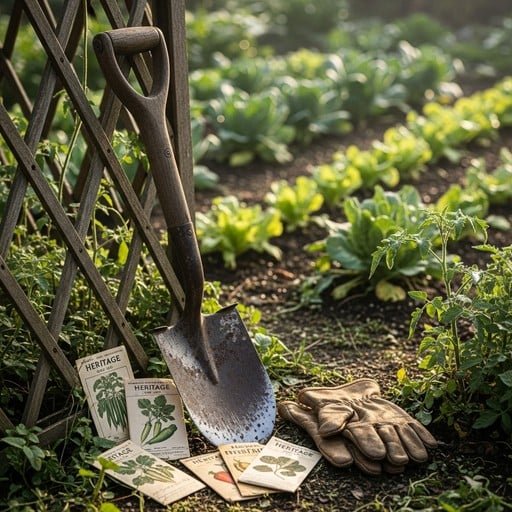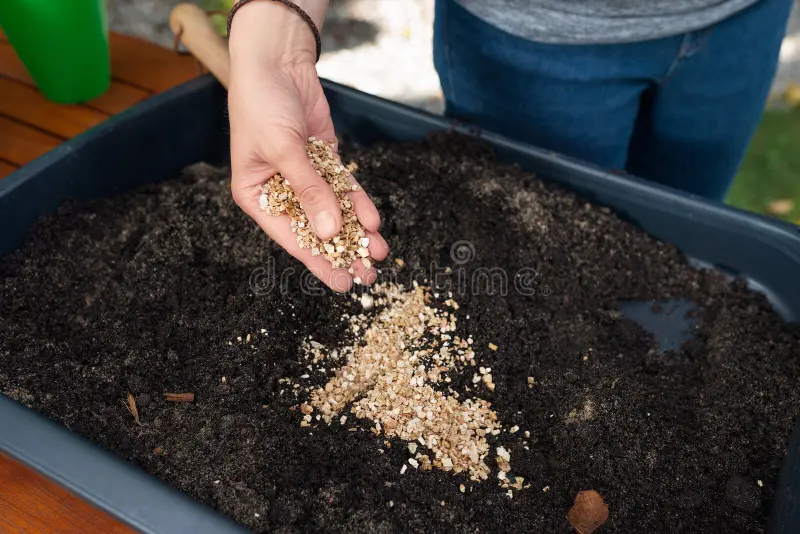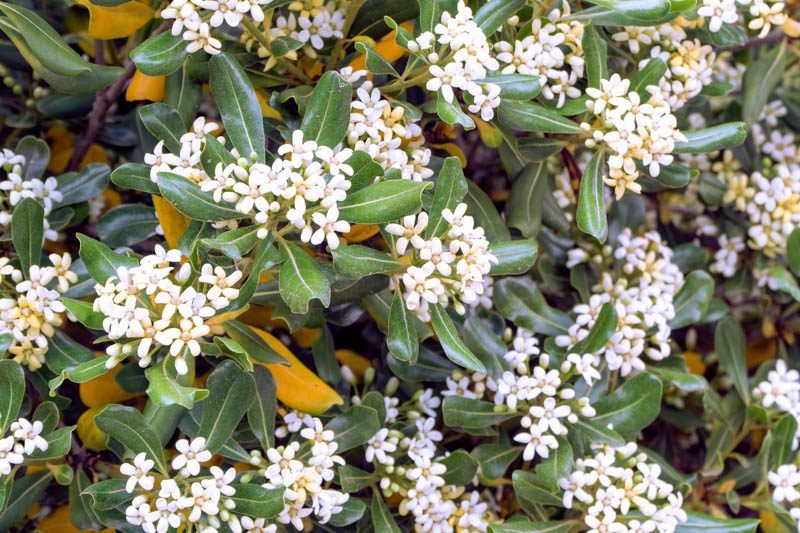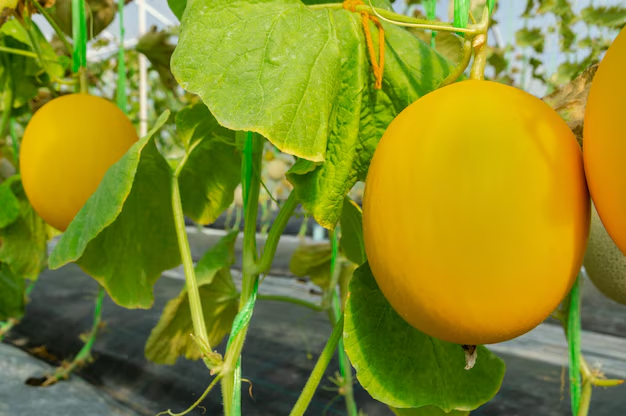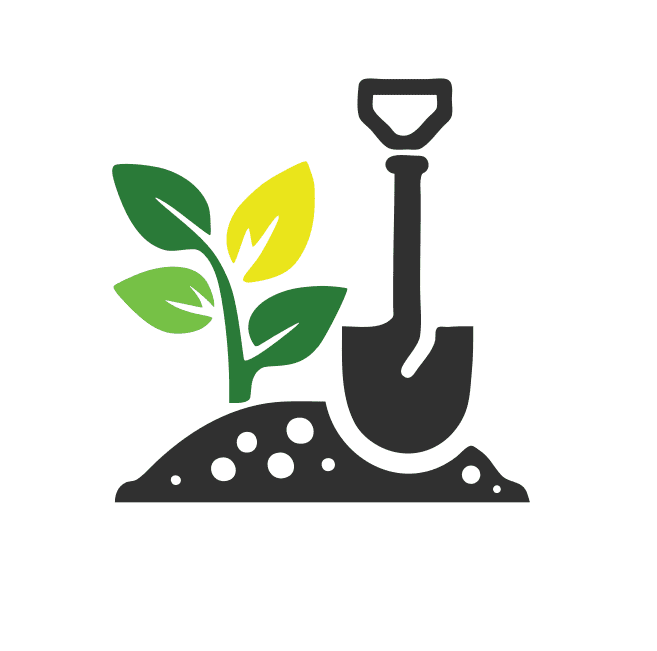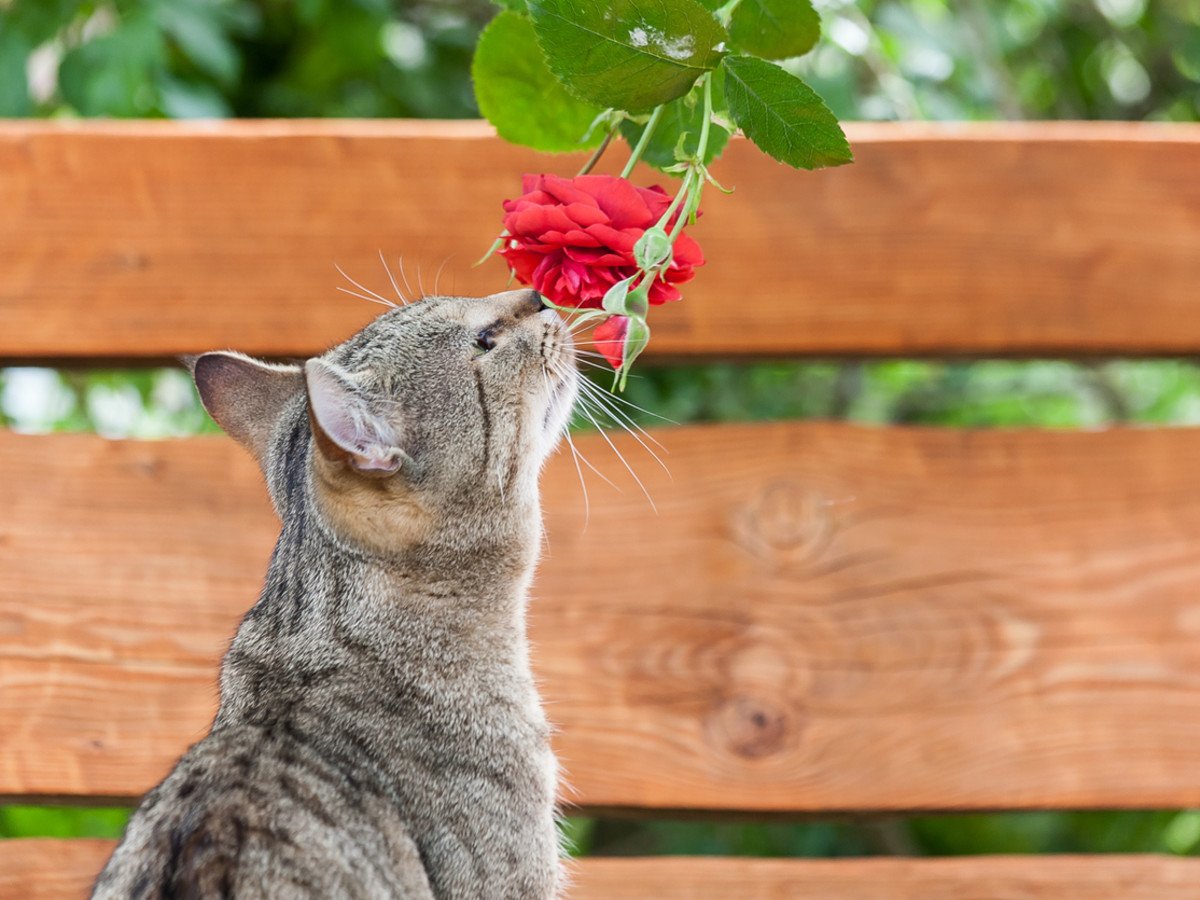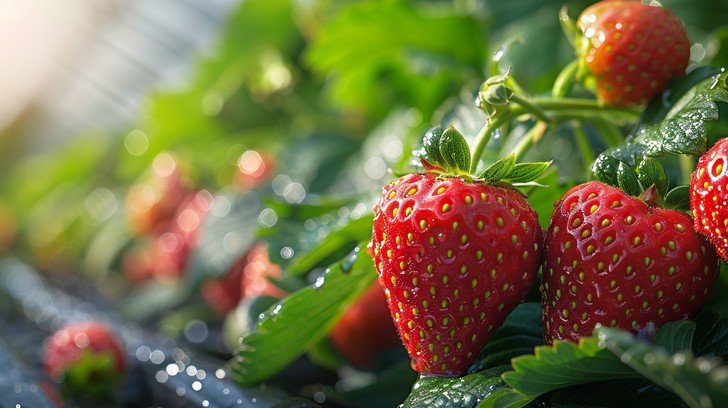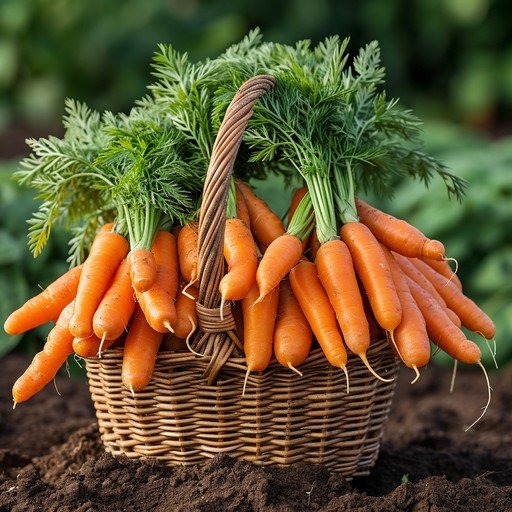Gardening on a Budget: Smart Ways to Save Money
Gardening is a fulfilling hobby, but it can also get expensive if you’re not careful. From buying seeds and soil to investing in tools and fertilizers, costs can quickly add up. The good news is that you don’t need a huge budget to enjoy a thriving garden. Gardening on a budget is possible with smart planning, creativity, and a few simple strategies.
Whether you want to grow vegetables, herbs, or flowers, this guide will help you save money without compromising on the quality or productivity of your garden.
Plan Before You Plant
One of the best ways to save money is to plan your garden carefully. Before buying seeds or plants, consider:
-
The size of your space
-
Your climate and sunlight availability
-
Plants that grow well together (companion planting)
-
Seasonal crops
Planning ensures you only buy what you need and avoid wasting money on plants that won’t thrive. For a detailed beginner-friendly guide, see our article How to Start a Small Vegetable Garden in Your Backyard.
Start from Seeds Instead of Buying Plants
Buying seedlings can be convenient but is often more expensive than starting from seeds. Seeds are affordable, easy to store, and offer a wide variety of plant types.
Tips for growing from seeds:
-
Start seeds indoors in small containers or trays
-
Use recycled containers like yogurt cups or egg cartons
-
Provide adequate light and warmth for germination
For beginner-friendly vegetables to grow from seeds, check out The Old Farmer’s Almanac guide on easy vegetables.
Reuse and Repurpose Materials
You don’t need to spend money on expensive garden containers, planters, or raised beds. Many items around your home can be repurposed:
-
Wooden crates, old buckets, or tubs can become planters
-
Broken pots can be glued together for creative arrangements
-
Newspaper or cardboard can be used as biodegradable mulch
This approach not only saves money but also reduces waste and encourages sustainable gardening.
DIY Composting
Fertilizers can be costly, but composting is a free, eco-friendly alternative. Kitchen scraps, garden waste, and shredded paper can all be turned into nutrient-rich compost that improves soil health.
Tips for DIY composting:
-
Start a compost pile or bin in a corner of your yard
-
Layer green waste (vegetable scraps, coffee grounds) and brown waste (leaves, shredded paper)
-
Turn the pile every few weeks to speed decomposition
For more tips on improving soil naturally, see The Old Farmer’s Almanac soil guide.
Grow Perennials and Easy-Care Plants
Investing in perennials and low-maintenance plants saves money over time because they return year after year. Unlike annuals, which must be replanted each season, perennials like lavender, mint, and asparagus provide ongoing harvests.
Flowers such as marigolds, hostas, and daylilies are also low-maintenance and inexpensive to grow once established.
Save on Water Costs
Watering can become a significant expense, especially in hot climates. There are several ways to cut costs:
-
Use rain barrels to collect water
-
Water early in the morning or late in the evening to reduce evaporation
-
Apply mulch to retain moisture and reduce watering frequency
For more water-saving tips, check out Gardening World’s low-maintenance gardening guide.
Share and Trade with Neighbors
Community sharing is another great way to save money. Exchange seeds, cuttings, or plants with friends, family, or neighbors. This helps you diversify your garden without spending extra money.
Local gardening groups and online communities are also excellent places to find free or inexpensive seedlings, compost, and gardening advice.
Buy Tools Wisely
Gardening tools can be expensive, but you don’t need the latest gadgets to have a productive garden.
Tips for budget-friendly tools:
-
Start with essential tools: trowel, pruners, gloves, watering can
-
Buy second-hand tools from garage sales or online marketplaces
-
Maintain your tools properly to extend their lifespan
A few quality tools go a long way in making gardening easier and more enjoyable.
Season Extension Techniques
Extending your growing season helps you maximize yields and save money. Simple techniques include:
-
Using row covers or cloches to protect crops from frost
-
Starting seeds indoors before the last frost
-
Using containers to move plants into sheltered areas
These techniques reduce the risk of crop failure and prevent unnecessary spending on replacements.
Repurpose Garden Waste
Instead of buying mulch or soil amendments, repurpose garden waste:
-
Shredded leaves and grass clippings make excellent mulch
-
Coffee grounds add nutrients for vegetables and flowers
-
Eggshells provide calcium for tomatoes and peppers
Reusing materials you already have is one of the most cost-effective ways to garden.
Buy in Bulk and Plan Purchases
If you need soil, fertilizer, or mulch, buying in bulk is usually cheaper than purchasing small bags. Compare prices at local garden centers and online stores, and only buy what you need for the season.
Planning purchases ahead of time prevents impulse buying, which can quickly inflate your gardening expenses.
Conclusion
Gardening on a budget is not only possible but can also be enjoyable and creative. By planning carefully, starting from seeds, repurposing materials, composting, and choosing low-maintenance plants, you can grow a beautiful, productive garden without overspending.
Remember, gardening is about patience, observation, and experimentation. Start small, track your expenses, and use these smart strategies to enjoy a flourishing garden affordably.
For more beginner-friendly tips, check out our guide on How to Start a Small Vegetable Garden in Your Backyard.
